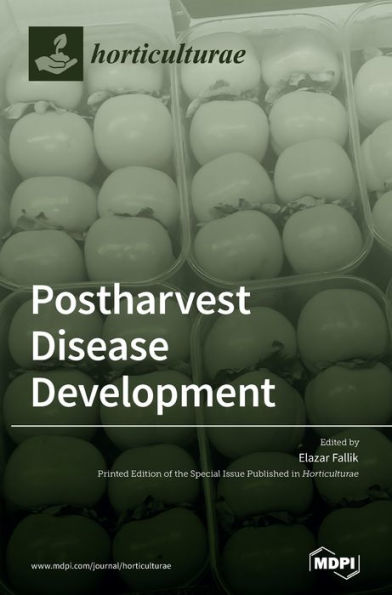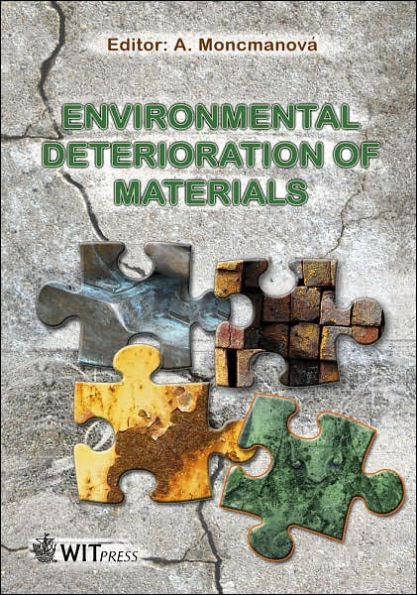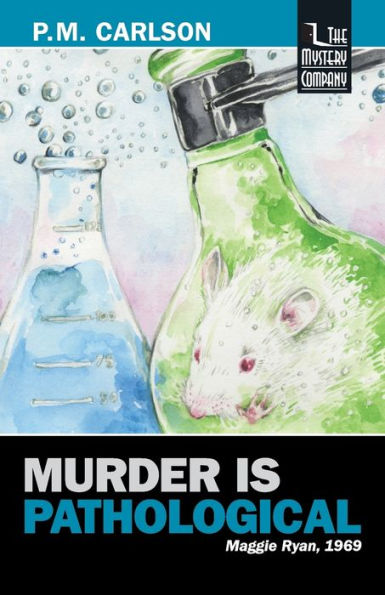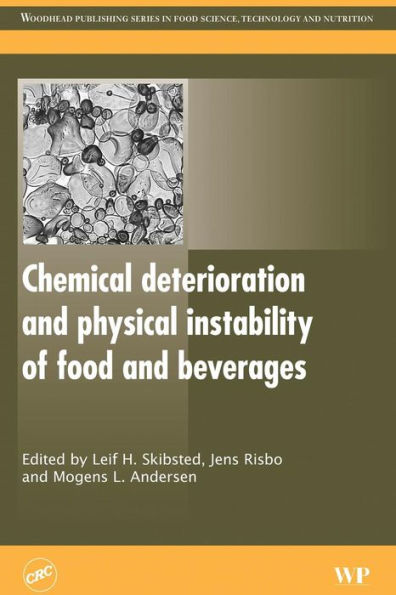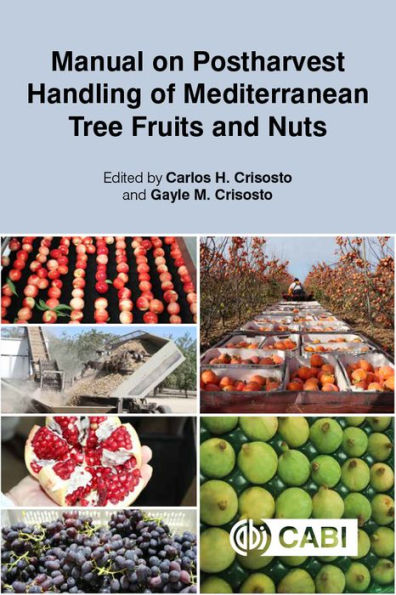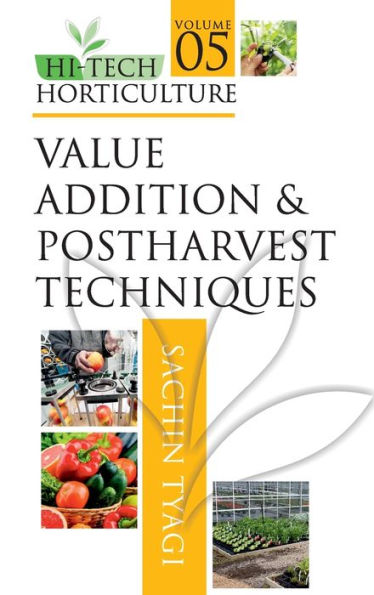Home
Postharvest Pathological Deterioration of Sweetpotatoes


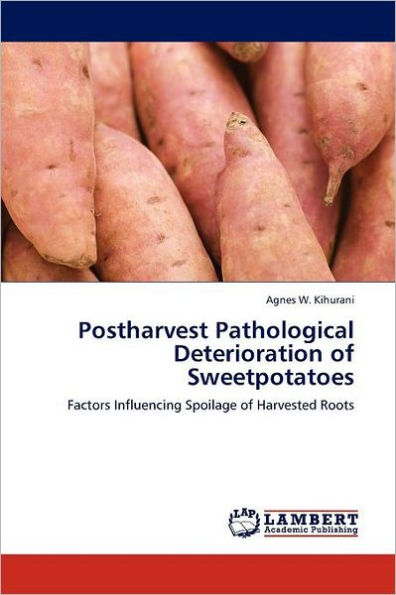
Postharvest Pathological Deterioration of Sweetpotatoes
Current price: $52.92
Loading Inventory...
Size: OS
Six pathogenic fungi, Botryodiplodia theobromae, Rhizopus oryzae, Rhizopus stolonifer, Fusarium oxysporum, Macrophomina phaseolina and Ceratocystis fimbriata, were associated with postharvest deterioration of sweetpotatoes (Ipomoea batatas L.) in Kenya. The first three were found to be the most important causal agents. Vine removal before harvesting and delayed harvesting predisposed roots to postharvest infection. Significant differences were found in sweetpotato cultivars in their susceptibility to postharvest spoilage. Both soil pH and washing roots, soon after harvesting, did not significantly influence postharvest spoilage. Solar curing showed potential for prolonging the storage life of the roots. Similarly, storing roots at moderate temperatures below ambient tropical conditions is likely to reduce spoilage of roots during storage. Preharvest and postharvest factors need to be considered in the development of strategies to reduce postharvest pathological deterioration of sweetpotato roots.
